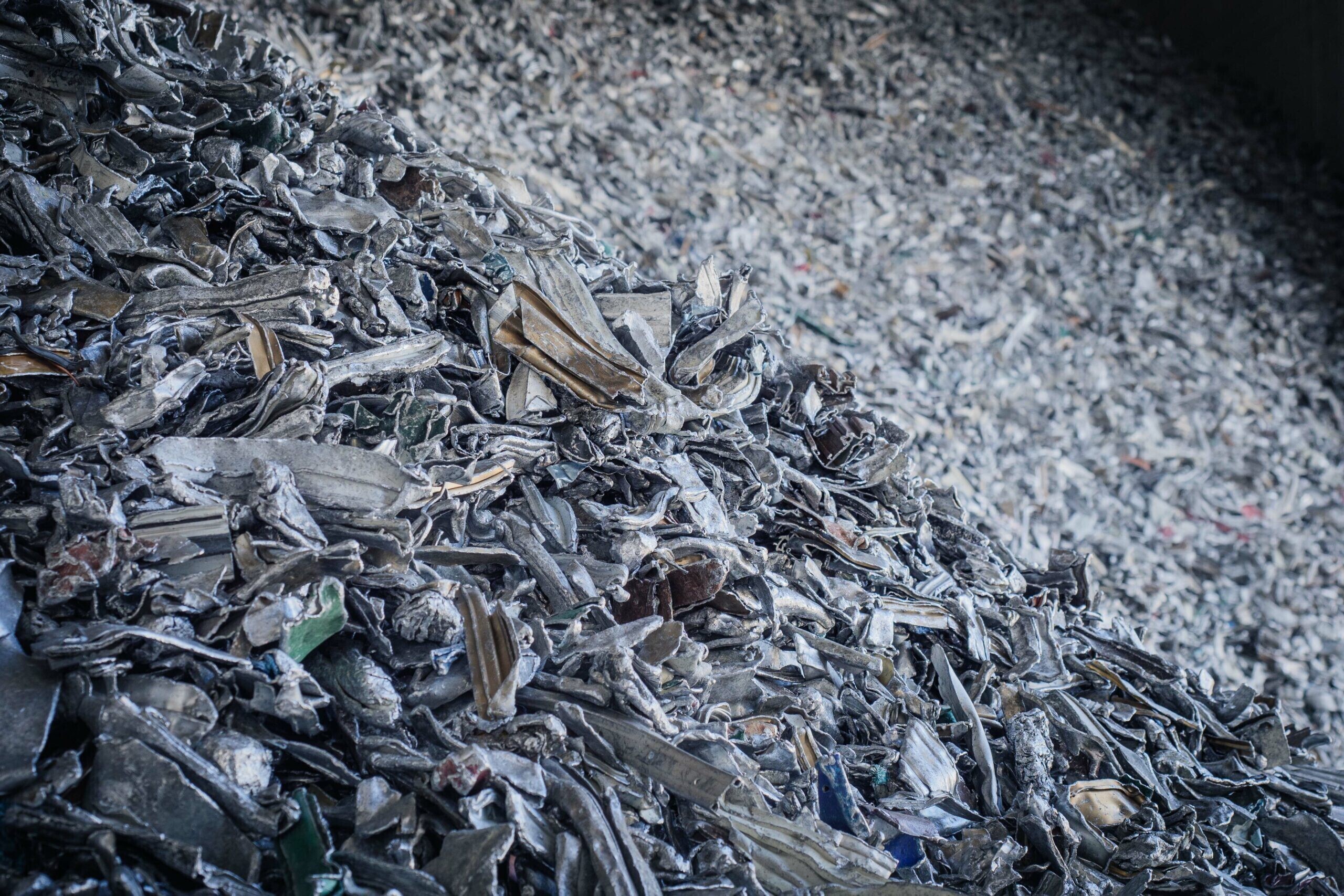

When the US slapped a steep 50 per cent tariff on imported aluminium earlier this year, it was pitched as a bold step to revive the country’s flagging smelters and bring metal production back home. But on the ground, something quite different is happening: scrapyards, not smelters are thriving.

Across the country, aluminium recyclers are experiencing a surge in demand as manufacturers look for ways to cut costs amid spiking metal prices. With tariffs driving up the price of imported primary aluminium, many downstream industries are shifting toward recycled aluminium, which is cheaper, faster to process, and conveniently free from trade restrictions.
With import prices soaring, especially in the US Midwest, manufacturers are facing higher input costs. The Platts Midwest aluminium premium has nearly doubled, climbing from USD 827.23 per tonne in April 1 to USD 1,487.59 by July 24, putting pressure on downstream industries ranging from beverage packaging to automotive parts. Companies dependent on aluminium cans and tinplate steel are now hunting for cheaper, more sustainable material sources.
Recycled aluminium is quickly rising to prominence. As per US Geological Survey data, the country recovered 1.222 million tonnes of aluminium from scrap between January and April 2025, up 4.5 per cent from 1.169 million tonnes during the same period last year.
Also read World Recycled Aluminium Market Analysis Industry forecast to 2032 for an in-depth perspective.
 Events
Events
 e-Magazines
e-Magazines
 Reports
Reports
Responses








